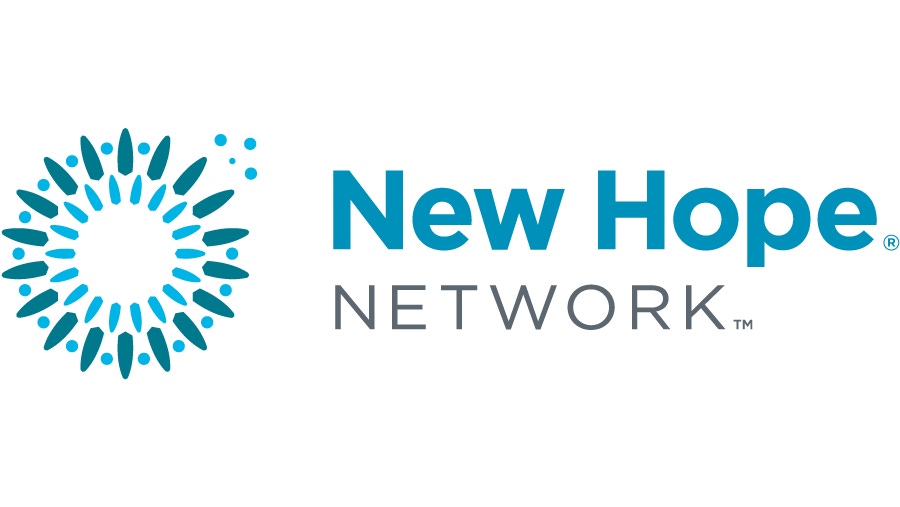Dean Foods and Blue Diamond Battle for Almond Milk Supremacy 28841Dean Foods and Blue Diamond Battle for Almond Milk Supremacy 28841
January 19, 2011

January 18,2011
Since retailers began stocking almond milk next to cow's milk intheir refrigerated cases in 2009, the dairy alternative has seen asignificant spike in sales growth, and two contenders have emergedas leaders in the battle for market share. DeanFoods subsidiary WhiteWave offers PureAlmond under its Silk brand, and California nutcooperative BlueDiamondGrowersmarkets AlmondBreeze. The two products are inpitched battle for shelf space, to the extent that a customerpurchasing SilkPureAlmondmay receive a coupon for AlmondBreeze at checkout.
Non-dairy milk alternatives, though still a relatively smallmarket, continue to find greater purchase at retail as allergy andintolerance awareness increases and vegan diets come in and out ofvogue. Dairy alternatives also tend to offer lower fat and caloriecontent than cow's milk, making them palatable to weight-consciousconsumers. In 2009, non-soy dairy alternatives (including almond,rice, hemp and coconut milk) grew over 21% to $242 million in U.S.sales, according NBJ's2010 Healthy Foods Report. Almondmilk—which saw sales growth of 13% in 2010, according toSymphonyIRIGroup—has seen especially vibrantmarket share gains among dairy alternatives, as cancer scarescontinue to drive down soymilk sales. Soymilk sales fell over 13%in 2009, according to NBJ.
Blue Diamond released AlmondBreeze in 2009, and the product is nowavailable in the majority of U.S. grocers. Dean releasedPureAlmond in January 2010. SymphonyIRIpegs AlmondBreeze sales at $57.8 million in 2010,with Pure Almond close behind at $47.1 million. The successes ofboth brands prompted WholeFoods Market to release its own privatelabel almond milk in August 2010.
NBJ Bottom Line
Which producer will dominate the market going forward remains to beseen. Blue Diamond, with its network of 3,000 California growers,certainly boasts a tighter grasp of its almond supply chain. Thecompany, on the whole, has kept its profits fairly stable of late,and almonds, as a nutritious and versatile snack, represent areliable platform for future growth. Blue Diamond grew its revenues9% in fiscal 2010 to $775 million.
Dean, on the other hand, with quarter after quarter of decliningprofits, could use a safety net while wrangling in the wild world of milk. Cow's milk represents abouthalf of Dean's total sales portfolio, a category where consumersare most likely to trade down from premium to private label intimes of economic uncertainty. Almond milk is a growing categoryworth investing in, and Silk has an advantage of widespreadbrand awareness, with decades on the dairy shelves. Dean also saw asubstantial climb in its stock price in the beginning of 2011,after AppaloosaManagement purchased a 7.4% stake inthe company.
Either way, the competition is good for the almond milk market.Coke-Pepsi style brand face-offs build pressaround the products, regardless of who "wins." It will also beinteresting to see how the 365 brand will fare in the comingyear, because—at least in the world of dairy and all itsiterations—private label and value options often resonatestrongest with consumers.
Related NBJ links:
You May Also Like



